Ever wondered what that big, bold “AOC” on your bottle of French wine means? The easiest explanation as to why it’s there is that the French really, really, really care about the quality and consistency of their products, and therefore created a system called the appellation d’origine controlée, abbreviated to AOC. This certification is used to recognize specific products in certain categories, such as wine and cheese, for their quality. The system is based on the concept of terroir signifying specific taste profiles and flavors unique to a specific region. But when did this all start?
Let’s take it back to the early 1900s, when wine fraud was becoming a rampant issue in France. The government decided that the best way to address the problem was to issue up a set of rules for various reputable wine regions in France, to ensure that the products being labeled as such fit a specific set of standards and qualifications. They started with the jewel of the south, the reign of the Rhone: Chateauneuf-du-Pape. The original regulations for Chateauneuf-du-Pape were designed in 1923, though officiated in 1936, making it the first of a handful of designated wine regions to be officially classified in 1936 AOC classification. The guidelines set for the Chateauneuf-du-Pape AOC set the precedent for what a wine AOC classification should look like for the entire country, which dictates specific rules regarding minimum alcohol levels, yield limits, and grape varietals permitted in blends.
Baron Pierre le Roy from Chateau Fortia was the main creator of the rules of the Chateauneuf-du-Pape AOC. The original AOC allowed for up to 10 specific grape varietals in the blend, though was changed to 13 in 1936, and 18 in 2009. Another original requirement stated that producers could not plant vines on plots of land that weren’t dry enough to sustain lavender and thyme plantings. Red and white grape varietals are permitted in the AOC, and unlike most other French AOCs, have no regulations as to grape proportions in the blend. That’s to say, in theory, a single varietal Chateauneuf-du-Pape could indeed be produced and classified, though strong red blends are really what the region is known for. Grenache is dominant, with over 70% of the region’s grape plantings, followed by just over 10% of Syrah, 7% Mourvèdre, and minimal amounts of the remaining 15 permitted varietals, leaving the production of white wine in the region extremely minimal.
Today, the AOC is comprised of 320 vineyards over the area of five sub-regions: Chateauneuf-du-Pape, Orange, Courthezon, Bedarrides, and Sorgues. These 3,200 hectares produce more wine in the Chateauneuf-du-Pape AOC than in the entire Northern Rhone region of France. The Chateauneuf-du-Pape region is well known for its galets roulés, translating to round rocks, which cover the soils and create the unique terroir of the region. The galets are important for retaining daytime heat that is later released at night, allowing for faster ripening of the grapes. The galets also help to retain moisture during the hot summer months. The AOC requires that wine have at least 12.5% alcohol in the bottle, though Chateauneuf-du-Papes generally tend to stay higher than that, nearer to the 13-15% mark.
Wines from the Chateauneuf-du-Pape AOC are still considered some of the highest quality wines in the world, with big, bold flavors and incredible aging potential. Over 300 classified AOC appellations exist in France today, with Chateauneuf-du-Pape paving the way for quality and consistency.

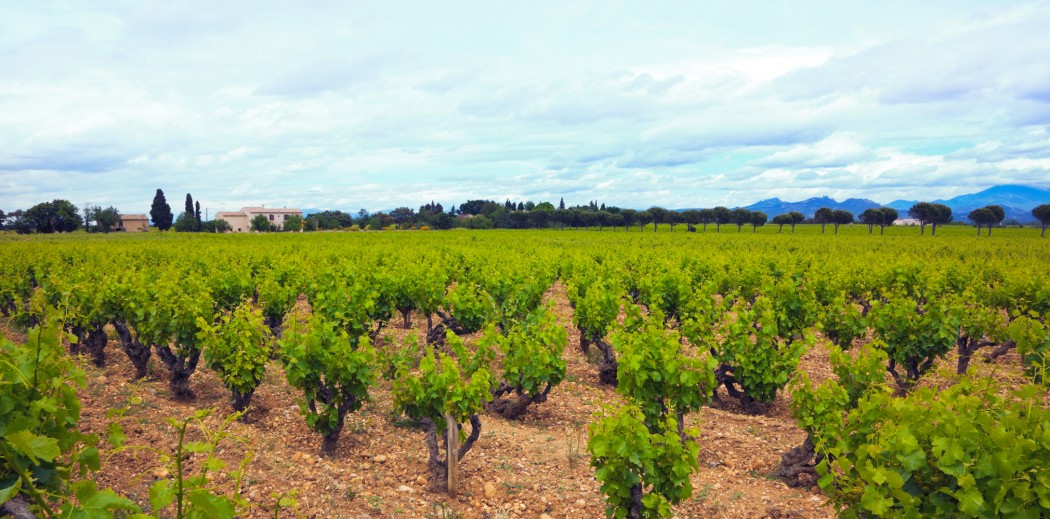
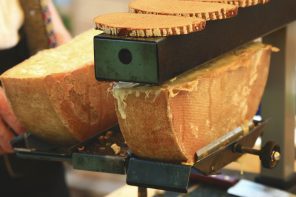
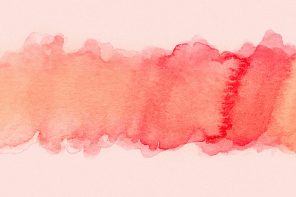
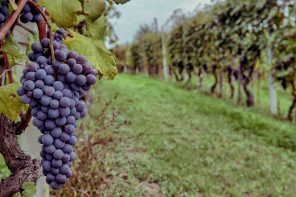
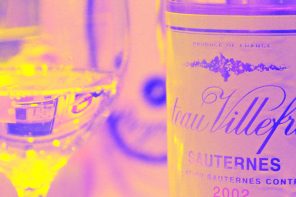
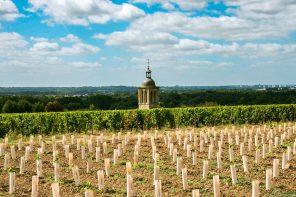
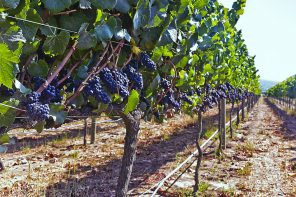
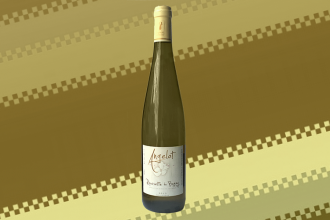
Wasn´t Morey-Saint-Denis the firt one to obtain its AOC on 1936?
Please help calrify this point.